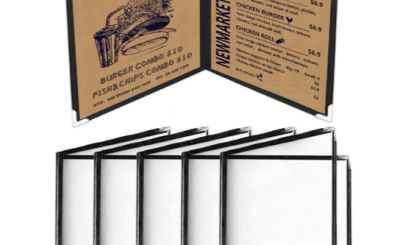
Walls are one of the most prominent features in a room, yet they are often the most overlooked when it comes to interior design. Panel moulding, a decorative architectural element, offers a striking solution to elevate your living or working space. Whether you are designing a sophisticated dining area, refreshing your bedroom walls, or adding flair to your office, panel moulding is both a timeless and trending choice.
This guide takes you through everything you need to know about panel moulding and how it can transform your walls into a statement of elegance and charm.
Understanding Panel Moulding
Panel moulding refers to decorative trims that frame sections of a wall. Traditionally, this style originated in European architecture as a way to enhance interior aesthetics, often associated with grand manor houses and castles. Panel moulding is now making a huge comeback in modern and contemporary interiors due to its versatility and ability to create visually impactful spaces.
Unlike blank and plain walls, panel moulding adds texture, depth, and structure. From ornate and intricate to clean and minimal designs, panel moulding adapts to suit various interiors, making it a favorite among interior designers and homeowners alike.
Why Panel Moulding Is Trending
Panel moulding has seen a resurgence in 2023, with interior design industry experts dubbing it a “must-have” for homes aiming to blend personality and sophistication. The search volume for “wall paneling ideas” increased by 72% this past year, as social media platforms like Pinterest and Instagram were flooded with home renovations showcasing panel moulding projects.
Beyond its trending status, its appeal lies in its ability to seamlessly blend traditional design principles with modern aesthetics. Whether you’re styling an industrial loft, a bohemian apartment, or a luxurious villa, panel moulding offers unmatched adaptability.
How to Incorporate Panel Moulding into Your Walls
Panel moulding might seem intimidating at first glance, but the process can be straightforward if you plan well. Here’s how to approach integrating this elegant architectural feature into your home:
1. Choose the Right Style
First, determine what style resonates with your space. For a more classic look, elaborate and intricate moulding designs work best, whereas for minimalist and contemporary spaces, thinner, simpler molding profiles add understated elegance. Some popular styles include:
- Square or Rectangle Panels: These create a structured and traditional look.
- Simple Shaker Style: Known for its versatility and a cleaner, modern vibe.
- Beaded Trim Patterns: Adds dimensions and charm to transitional interiors.
2. Define the Installation Space
Panel moulding can be used in various ways, depending on the wall’s proportions and the room’s intended aesthetic. For example:
- Full-wall panel moulding creates a grandiose effect, perfect for formal dining rooms or hallways.
- Half-height wainscoting delivers an elegant, cozy atmosphere for bedrooms and bathrooms.
- Ceiling-to-floor symmetry offers stunning effects in open spaces like living rooms or lounges.
Measure carefully and sketch out the areas where you want your panels. Visualizing the final result can help prevent mistakes and ensure balance.
3. Pick Your Materials Wisely
Panel moulding is available in different materials to match budgets and styles. Common options include:
- MDF (Medium-Density Fiberboard): Affordable and easy to paint, a great option for DIY projects.
- Wood: Perfect for rustic looks but typically pricier and requires more maintenance.
- Polyurethane or PVC: Lightweight and moisture-resistant, excellent for bathrooms or kitchens.
4. Add Color and Texture
The finish you choose for your panel moulding can make all the difference. Painting the molding in the same color as the wall creates a seamless, sophisticated look, while opting for contrasting colors turns the moulding into an eye-catching feature. To elevate the texture further, consider wallpapers within the panels or an eggshell paint finish for subtle elegance.
5. Hire Experts or Go DIY
Depending on the complexity of the designs and materials you choose, you can undertake this as a DIY weekend project or hire professionals. Simple designs using MDF can be installed with pre-measured cuts and adhesive. However, intricate designs or materials like wood might require skilled carpenters to ensure precision.
The Lasting Impact of Panel Moulding
Panel moulding is more than a passing decor trend—it’s an investment in your space’s style and value. According to recent real estate reports, homes incorporating unique design finishes, such as panel molding, sell faster and often at better prices. This simple yet transformative addition aligns with homeowners’ growing demand for personal, unique touches in interior design.
The beauty of panel moulding lies not just in its versatility but in its ability to represent one’s style and character authentically. Whether you’re leaning toward traditional detailing or modern minimalism, panel moulding effortlessly bridges styles and eras, creating a truly timeless aesthetic.

